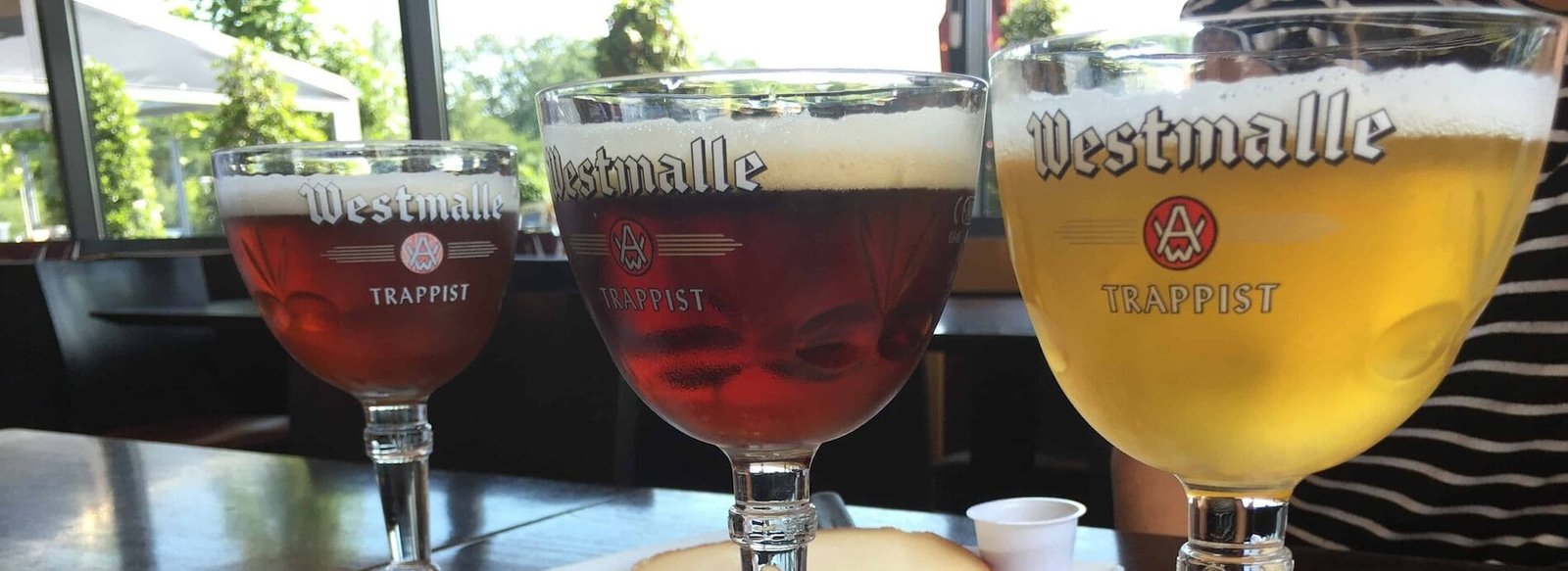Belgian beers are renowned for their unique flavors, aromas, and complexities. Among the various methods brewers employ to elevate their creations, barrel aging stands out as a transformative process. This technique not only enhances the beer’s character but also introduces new dimensions that can captivate the palate. In this article, we will explore the art of barrel aging Belgian beers, delving into the techniques, tips, and considerations that can help both novice and seasoned brewers achieve remarkable results.
Understanding Barrel Aging
Barrel aging involves maturing beer in wooden barrels, which can impart flavors from the wood itself as well as any previous contents of the barrel. The choice of barrel—whether it held whiskey, wine, or other spirits—significantly influences the final product. The porous nature of wood allows for micro-oxygenation, which can soften harsh flavors and enhance complexity over time.
Belgian beers, with their diverse styles ranging from Trappist ales to lambics, are particularly well-suited for barrel aging. The yeast strains used in Belgian brewing, such as Saccharomyces and Brettanomyces, can interact with the wood and the barrel’s previous contents, creating a symphony of flavors that evolve over time.
Choosing the Right Barrel
The first step in barrel aging is selecting the appropriate barrel. Various types of barrels offer distinct characteristics:
1. Bourbon Barrels: These are popular choices for aging Belgian beers, particularly darker styles like Quadrupels and Stouts. The residual sugars and vanilla notes from the bourbon can complement the rich malt profiles of these beers.
2. Wine Barrels: Barrels that previously held red or white wine can impart fruity and tannic qualities. For instance, a Cabernet Sauvignon barrel might add dark fruit notes, while a Chardonnay barrel could introduce a crisp acidity.
3. Rum Barrels: Rum barrels can contribute sweetness and tropical fruit notes, making them a good fit for Belgian styles that already possess fruity esters.
4. Neutral Barrels: These barrels have been used multiple times and may not impart strong flavors. However, they can still provide the benefits of micro-oxygenation without overwhelming the beer’s original character.
When selecting a barrel, consider the beer style you are aging and the flavors you wish to enhance. It’s also essential to inspect the barrel for any leaks or damage, as these can lead to spoilage or loss of beer.
Preparing the Barrel
Before filling the barrel, it’s crucial to prepare it properly. This process typically involves:
1. Cleaning: Rinse the barrel thoroughly with hot water to remove any residual flavors from previous contents. Some brewers choose to soak the barrel with a sanitizing solution to ensure it is free from unwanted microorganisms.
2. Toasting or Charring: Depending on the desired flavor profile, you may choose to toast or char the inside of the barrel. Toasting involves heating the wood to develop flavors like caramel and vanilla, while charring creates a layer of carbon that can add smokiness and complexity.
3. Conditioning: Some brewers prefer to condition the barrel by filling it with water for a few days to swell the wood and seal any leaks. This step can also help to remove any residual flavors from previous contents.
The Aging Process
Once the barrel is prepared, it’s time to fill it with your Belgian beer. The aging process can vary significantly depending on the style of beer and the desired outcome. Here are some key considerations:
1. Temperature and Environment: Store the barrel in a cool, dark place with stable temperatures. Fluctuations in temperature can lead to unwanted oxidation or off-flavors. Ideally, aim for a temperature range of 55-65°F (13-18°C).
2. Timing: The aging duration can range from a few months to several years. Lighter styles, such as Belgian Witbiers, may only require a few months, while stronger ales, like Quadrupels, can benefit from longer aging. Regularly taste the beer during the aging process to monitor its development.
3. Micro-Oxygenation: The porous nature of wood allows for micro-oxygenation, which can soften flavors and enhance complexity. However, too much oxygen exposure can lead to oxidation, resulting in stale or cardboard-like flavors. Monitor the aging process closely to strike the right balance.
4. Blending: After aging, consider blending different barrels or batches to achieve a desired flavor profile. This technique can help create a more balanced and complex beer, showcasing the best characteristics of each component.
Flavor Development
As the beer ages, it undergoes a transformation that can yield a wide range of flavors. The interaction between the beer and the barrel can produce:
1. Vanilla and Oak: From the wood itself, you may notice notes of vanilla, coconut, and oak. These flavors can enhance the beer’s mouthfeel and add depth.
2. Fruity Esters: The yeast strains used in Belgian brewing can produce a variety of fruity esters, which may become more pronounced during barrel aging. Expect flavors like banana, pear, and apple to emerge.
3. Tannins: If aging in wine barrels, tannins from the wood can contribute astringency and complexity, balancing the sweetness of the malt.
4. Spicy Notes: Some barrels, particularly those that previously held spirits, can impart spicy notes that complement the beer’s inherent flavors.
5. Acidity: In some cases, barrel aging can introduce a subtle acidity, particularly if using barrels that previously held sour beers or wines. This can add a refreshing quality to the beer.
Troubleshooting Common Issues
While barrel aging can yield exceptional results, it’s not without its challenges. Here are some common issues and how to address them:
1. Oxidation: If the beer develops off-flavors reminiscent of cardboard or sherry, it may be a sign of excessive oxidation. Ensure the barrel is properly sealed and monitor the aging process closely.
2. Infection: If you notice sour or off-putting flavors that are not characteristic of the beer style, it may be infected. Sanitation is crucial, so always ensure that barrels and equipment are thoroughly cleaned.
3. Overwhelming Wood Character: If the beer tastes too woody or tannic, it may have aged too long. Consider blending with a fresher batch to balance the flavors.
4. Inconsistent Results: Each barrel can behave differently, so it’s essential to keep detailed notes on the aging process. This documentation can help you replicate successful batches in the future.
The Art of Barrel Aging Belgian Beers: Techniques and Tips
Barrel aging Belgian beers is an art that requires patience, attention to detail, and a willingness to experiment. By understanding the nuances of barrel selection, preparation, and aging techniques, brewers can create exceptional beers that showcase the complexity and richness of Belgian styles. Whether you are a homebrewer or a professional, the journey of barrel aging can lead to remarkable discoveries and unforgettable flavors. Embrace the process, learn from each batch, and enjoy the unique character that barrel aging brings to your Belgian beers.

